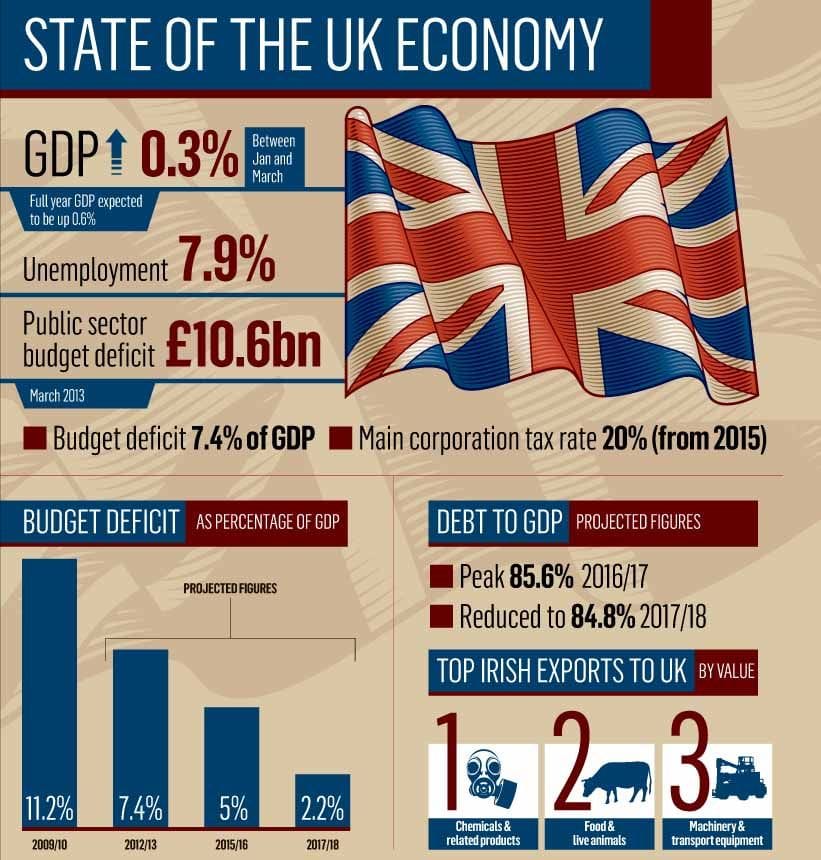The housing market in the United States is experiencing notable fluctuations, as evidenced by the recent rise in mortgage rates. According to data released by Freddie Mac, the average rate on a 30-year fixed mortgage has surged to 6.91%, the highest it has been since July. This development has significant implications for potential homebuyers and the overall real estate market.
Mortgage rates are influenced by a variety of factors, including inflation, economic growth, and the actions of the Federal Reserve. As the economy continues to recover from the impacts of the COVID-19 pandemic, inflationary pressures have become more pronounced. The Federal Reserve has responded by adjusting its monetary policy, which includes raising interest rates to combat inflation. These changes in policy have a direct impact on mortgage rates, as lenders adjust their rates in response to the cost of borrowing.
The increase to 6.91% represents a substantial rise compared to rates seen earlier in the year. For context, the average rate was significantly lower in the previous year, making homeownership more accessible to many buyers. The rise in rates may lead to a cooling effect on the housing market, as higher borrowing costs can deter potential buyers. Consequently, this could result in a slowdown in home sales and a potential softening of home prices.
For existing homeowners, the rise in mortgage rates can also present challenges. Many homeowners who secured lower rates in the past may feel less inclined to sell their homes and move, as they would face higher borrowing costs on a new mortgage. This could lead to a decrease in housing inventory, further complicating the dynamics of the market.
Potential homebuyers are now faced with a more complex decision-making process. With the average rate at 6.91%, buyers must carefully consider their financial situation and the implications of higher monthly payments. For some, this may mean adjusting their budget or reevaluating their desired location. Additionally, buyers may need to act more quickly, as the combination of rising rates and limited inventory could create a competitive environment.
Real estate experts suggest that while the current rise in mortgage rates may dampen some buyer enthusiasm, it is essential to consider the broader context of the housing market. Factors such as job growth, wage increases, and demographic trends will continue to play a significant role in shaping market conditions. For example, the ongoing demand for housing in certain areas may counterbalance the effects of rising rates, keeping some markets robust.
As the situation develops, it will be crucial for both buyers and sellers to stay informed about market trends and economic indicators. The housing market is inherently dynamic, and shifts can occur rapidly based on a variety of influences. Buyers may benefit from consulting with real estate professionals to navigate the complexities of the current environment.
In conclusion, the rise in the average rate on a 30-year US mortgage to 6.91% signifies a pivotal moment in the housing market. As economic conditions evolve and the Federal Reserve continues to adjust its policies, stakeholders in the real estate market must remain vigilant. The implications of these changes will likely be felt across various segments of the market, influencing buyer behavior, home prices, and overall market dynamics. With careful consideration and strategic planning, buyers and sellers can navigate this landscape effectively as they seek to achieve their real estate goals.



